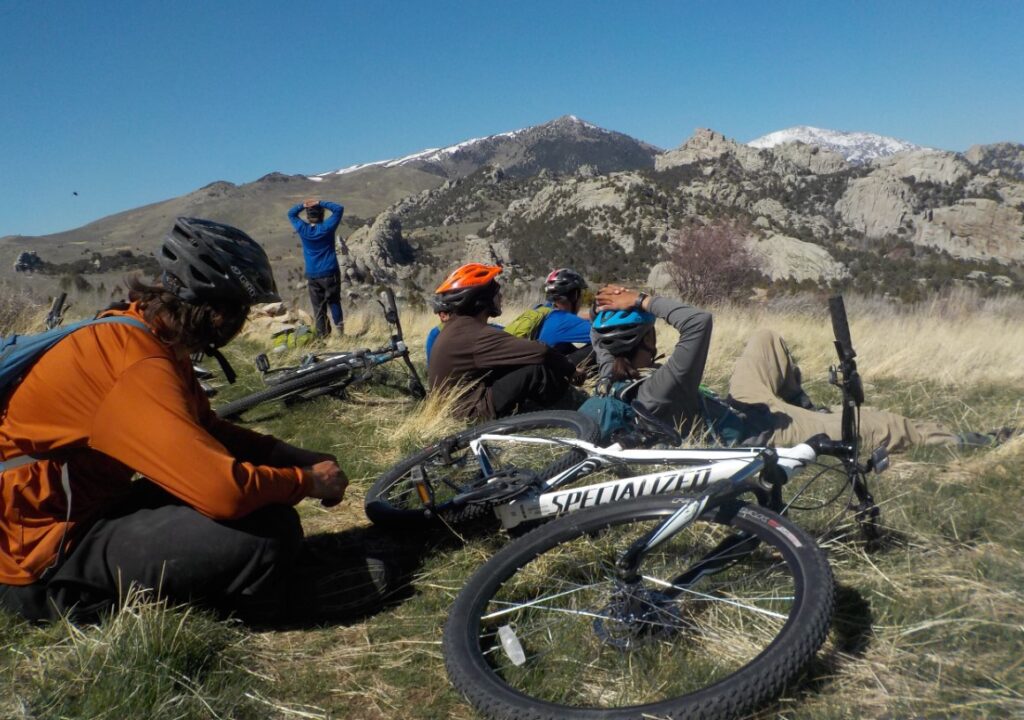The Bluefire Wilderness lawsuit has garnered significant attention from legal experts and the general public. This comprehensive overview delves into the intricate details of the Bluefire Wilderness lawsuit, exploring its origins, key players, allegations, and potential outcomes. The case highlights crucial issues within wilderness therapy programs and raises important questions about their operations and regulatory oversight. This article provides a comprehensive analysis of the Bluefire Wilderness lawsuit, highlighting its key elements and broader implications.
Background of Bluefire Wilderness
Bluefire Wilderness Therapy, a therapeutic program in Idaho, combines wilderness experiences with clinical therapy to help adolescents and young adults with behavioral and emotional issues, despite criticism over methods and safety protocols. Understanding the context of Bluefire Wilderness is crucial for comprehending the Bluefire Wilderness lawsuit’s nuances.

Origins of the Bluefire Wilderness Lawsuit
The Bluefire Wilderness lawsuit began when several former participants and their families came forward with allegations of mistreatment and negligence. These claims sparked a broader investigation into the program’s practices and brought to light several troubling incidents. The plaintiffs in the Bluefire Wilderness lawsuit allege that Bluefire failed to provide a safe environment, resulting in physical and emotional harm to participants. They also accuse the program of inadequate supervision, insufficient medical care, and deceptive marketing practices. These serious allegations form the foundation of the Bluefire Wilderness lawsuit.
Key Allegations in the Bluefire Wilderness Lawsuit
The Bluefire Wilderness lawsuit encompasses a range of allegations that highlight significant concerns about the program’s operations. One of the primary accusations in the Bluefire Wilderness lawsuit is that Bluefire failed to provide adequate medical care to participants, resulting in severe injuries and health complications. Plaintiffs claim that the program’s staff were not properly trained to handle medical emergencies, leading to delayed or insufficient responses to critical situations.
Additionally, the Bluefire Wilderness lawsuit alleges that Bluefire engaged in deceptive marketing practices, misrepresenting the safety and effectiveness of their program. Families who enrolled their children in Bluefire based on these claims argue that they were misled and that the program did not meet their expectations. This aspect of the Bluefire Wilderness lawsuit underscores the importance of transparency and honesty in advertising therapeutic services.
Another major contention in the Bluefire Wilderness lawsuit is the accusation of emotional and physical abuse within the program. Former participants have described experiences of harsh and punitive treatment, which they claim exacerbated their mental health issues rather than alleviating them. These allegations point to a potential systemic issue within wilderness therapy programs, where the balance between discipline and care is often precarious.
Legal Proceedings and Developments in the Bluefire Wilderness Lawsuit
The Bluefire Wilderness lawsuit has progressed through various stages of the legal process, with both sides presenting their arguments and evidence. The plaintiffs in the Bluefire Wilderness lawsuit have provided testimonies from former participants, medical experts, and psychologists to support their claims. They argue that Bluefire’s negligence and misconduct caused lasting harm to those entrusted to their care.
In response, Bluefire Wilderness has denied the allegations in the Bluefire Wilderness lawsuit, maintaining that they adhere to high standards of safety and therapeutic efficacy. They have presented evidence of their staff training programs, safety protocols, and positive outcomes for many participants. Bluefire argues that the BWL is based on isolated incidents and does not reflect the overall quality of their services.
The court proceedings have involved extensive discovery, with both parties gathering documents, emails, and other evidence to support their cases. The court is examining the validity of claims and evidence in the Bluefire Wilderness lawsuit, which is expected to shed light on wilderness therapy programs and their regulation.
Implications for Wilderness Therapy Programs
The Bluefire Wilderness lawsuit has broader implications for the entire wilderness therapy industry. This case has highlighted the need for stringent oversight and regulation to ensure the safety and well-being of participants. It has sparked a debate about the effectiveness and ethicality of wilderness therapy as a treatment modality for mental health issues.
One potential outcome of the Bluefire Wilderness lawsuit is increased scrutiny and regulation of wilderness therapy programs. If the court finds Bluefire Wilderness guilty of the allegations, it could lead to stricter licensing requirements, more rigorous staff training standards, and enhanced monitoring of these programs. This could ultimately improve the safety and efficacy of wilderness therapy, ensuring that participants receive the care and support they need.
Additionally, the Bluefire Wilderness lawsuit may prompt families to be more cautious when choosing therapeutic programs for their loved ones. The study emphasizes the significance of thorough research, clear communication, and transparency in wilderness therapy to enhance decision-making and participant outcomes.
Future of Bluefire Wilderness
The future of Bluefire Wilderness Therapy hinges on the outcome of the Bluefire Wilderness lawsuit. If the program is found liable for the alleged misconduct, it could face significant financial penalties, reputational damage, and potentially even closure. This would have a profound impact on the participants currently enrolled in the program, as well as those considering it for future treatment.
However, if Bluefire is able to successfully defend itself against the allegations in the Bluefire Wilderness lawsuit, it may emerge from the lawsuit with its reputation intact, possibly even stronger. This outcome could reinforce the program’s commitment to safety and therapeutic excellence, demonstrating its resilience in the face of legal challenges.
Bluefire Wilderness and similar programs must prioritize the safety and well-being of their participants, regardless of the outcome of the lawsuit. This includes ongoing evaluation and improvement of their practices, as well as a commitment to transparency and accountability. By doing so, they can rebuild trust and continue to provide valuable therapeutic services to those in need.
Conclusion
The Bluefire Wilderness lawsuit highlights safety, transparency, and ethical practices in wilderness therapy programs, potentially driving regulatory changes and urging families to conduct thorough research for informed decisions. Ultimately, the goal is to ensure that therapeutic programs provide the care, support, and positive outcomes that participants deserve.
For more details and updates on Washingtontimes, return frequently.


